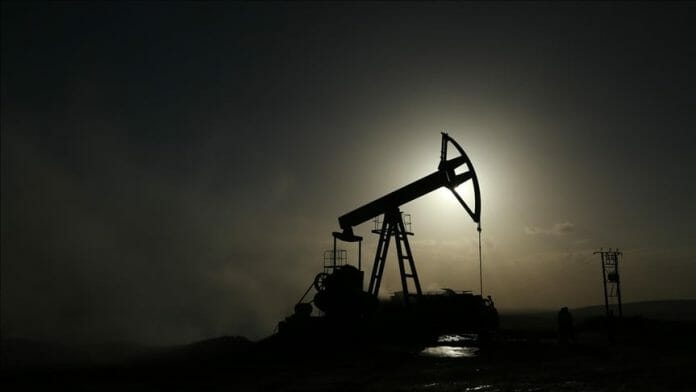Oil prices slid on Tuesday from their highest levels in a month after Chinese economic data dampened market sentiment and the head of the International Monetary Fund warned of a tougher 2023.
Brent crude futures had fallen by 25 cents, or 0.29%, to $85.66 a barrel by 0400 GMT, while U.S. West Texas Intermediate crude was at $80.06 a barrel, down 20 cents, or 0.25%.
Weaker factory data from China, the world’s largest crude importer and second-largest oil consumer, weighed on prices. The Caixin/Markit manufacturing purchasing managers’ index fell to 49.0 in December from 49.4 in November. The index has stayed below the 50-point mark that separates growth from contraction for five straight months.
Yet there was a return to regular activity in China on Monday, as some people in key cities braved the cold and a rise in COVID-19 infections, raising the prospect of a boost to the economy and oil demand as more recover from infection.
“The market cannot expect a rapid recovery of the Chinese economy after three years of (pandemic controls), the mass bankruptcy of small and medium-sized enterprises, the soaring unemployment rate, the rapid increase in the social savings rate, and the rapid growth in the number of infections and deaths in recent months,” said analyst Leon Li from CMC Markets.
This followed news of a larger-than-expected increase in the first batch of oil product export quotas for 2023 released by China’s government. A handful traders attributed that to expectations of poor domestic demand as the country continued to battle COVID-19 waves.
Furthermore, IMF Managing Director Kristalina Georgieva said on Sunday that the United States, Europe and China – the main engines of global growth – were all slowing simultaneously, making 2023 tougher than 2022 for the global economy.
Oil prices settled more than 2% higher on Friday, with Brent and WTI ending 2022 up 10.5% and 6.7% on a year before, respectively.
Commodities saw a substantial $12.3 billion bullish flow in the week that ended on Dec. 27, the single largest weekly bullish flow in 2022, Societe Generale analysts said in a Jan. 3 note.
“The commodity with the largest flow was Brent, which saw a $3.4 billion bullish flow as Russia outlined its response to the EU and G7 imposed price cap on the country’s crude exports to third parties,” the analysts said.
President Vladimir Putin banned the supply of crude and oil products from Feb. 1 for five months to nations that abided by the cap. His decree also included a clause that allowed him to overrule the ban in special cases.
Russian crude has been diverted to India and China from Europe. Traders said Moscow planned to increase diesel exports from the Baltic sea port of Primorsk to 1.81 million tonnes in January, but exports from Tuapse were expected to fall to 1.333 million tonnes.
Looking to coming months, lead energy analyst at DBS Bank Suvro Sarkar expects concerns over global economic slowdown to continue competing with the pace of China’s reopening in driving oil prices.
“A weaker USD will help to an extent, (while) short term factors will include inventory updates and data on Russian supplies,” he said.









